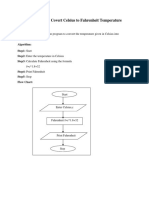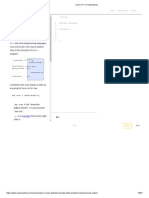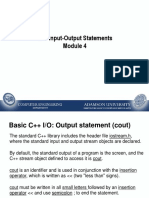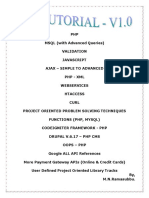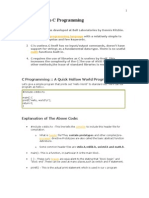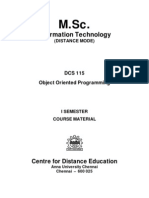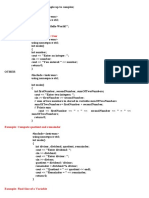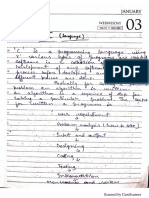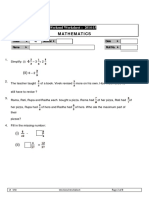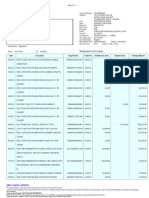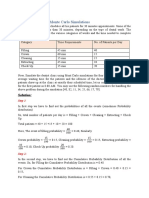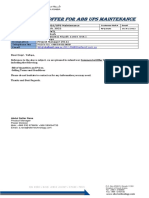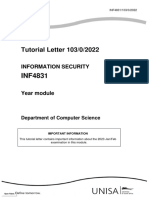100% found this document useful (1 vote)
317 views48 pagesC++ Basic Programs Examples
This document provides examples of basic C++ programs that demonstrate concepts like input/output, arithmetic operations, conditional statements, loops, functions, and more. It includes programs to print "Hello World", take user input, add two numbers, check if a number is even or odd, swap values, find the largest number, calculate factorials, and display the Fibonacci sequence. The examples progress from simple programs to those demonstrating more complex concepts like nested if/else statements and recursion. The document is intended to help learn and practice basic C++ programming.
Uploaded by
Om DwivediCopyright
© © All Rights Reserved
We take content rights seriously. If you suspect this is your content, claim it here.
Available Formats
Download as DOCX, PDF, TXT or read online on Scribd
100% found this document useful (1 vote)
317 views48 pagesC++ Basic Programs Examples
This document provides examples of basic C++ programs that demonstrate concepts like input/output, arithmetic operations, conditional statements, loops, functions, and more. It includes programs to print "Hello World", take user input, add two numbers, check if a number is even or odd, swap values, find the largest number, calculate factorials, and display the Fibonacci sequence. The examples progress from simple programs to those demonstrating more complex concepts like nested if/else statements and recursion. The document is intended to help learn and practice basic C++ programming.
Uploaded by
Om DwivediCopyright
© © All Rights Reserved
We take content rights seriously. If you suspect this is your content, claim it here.
Available Formats
Download as DOCX, PDF, TXT or read online on Scribd
/ 48




